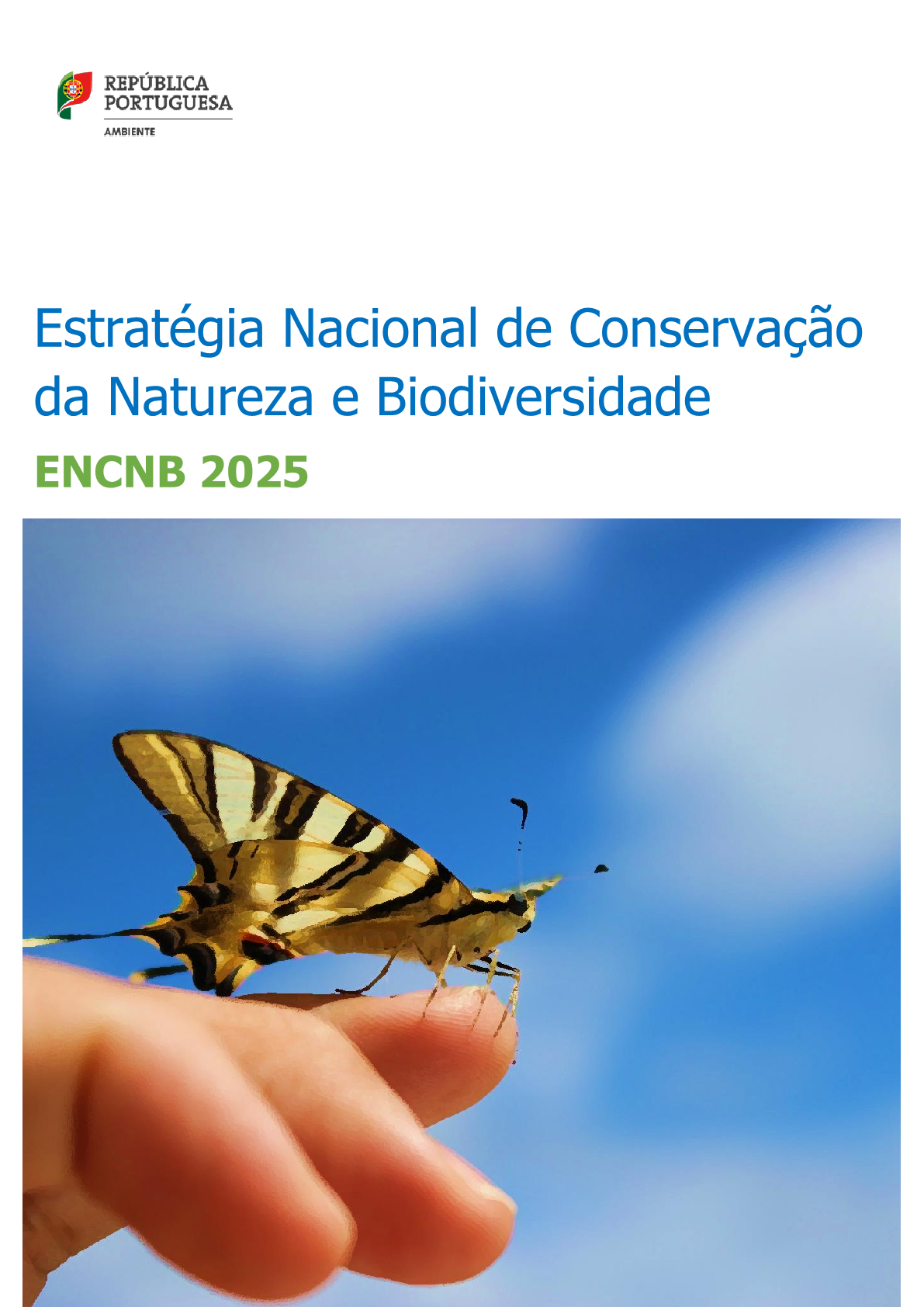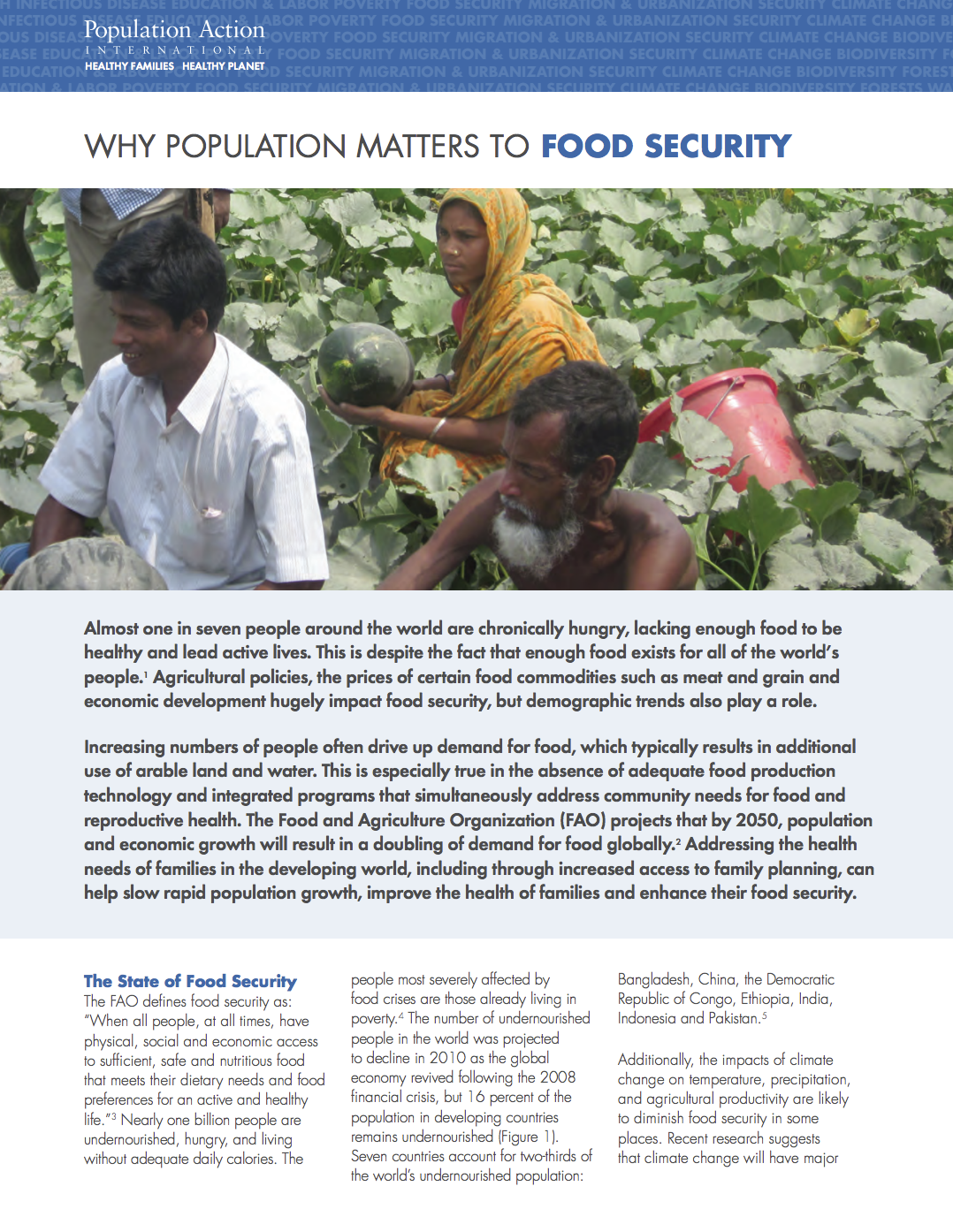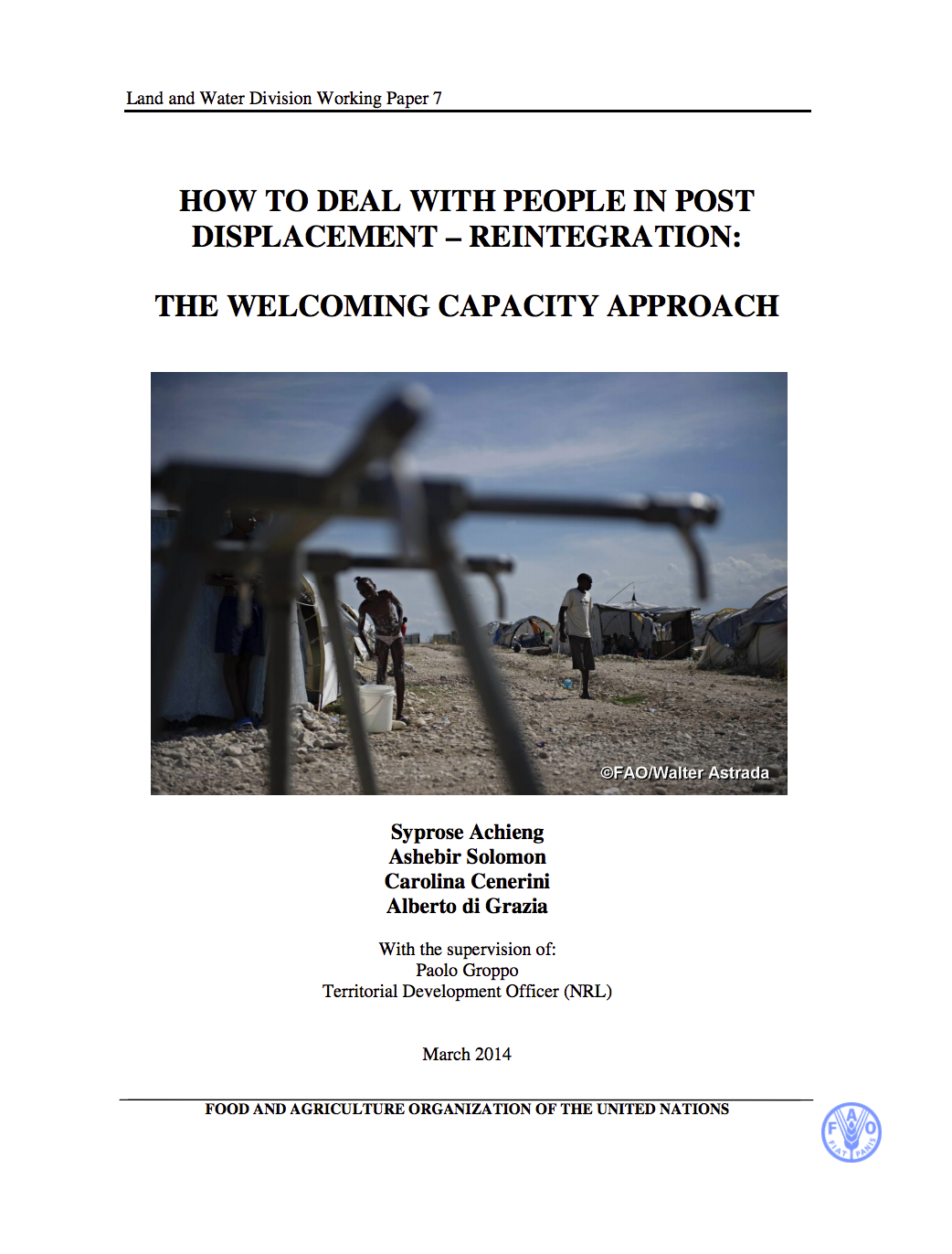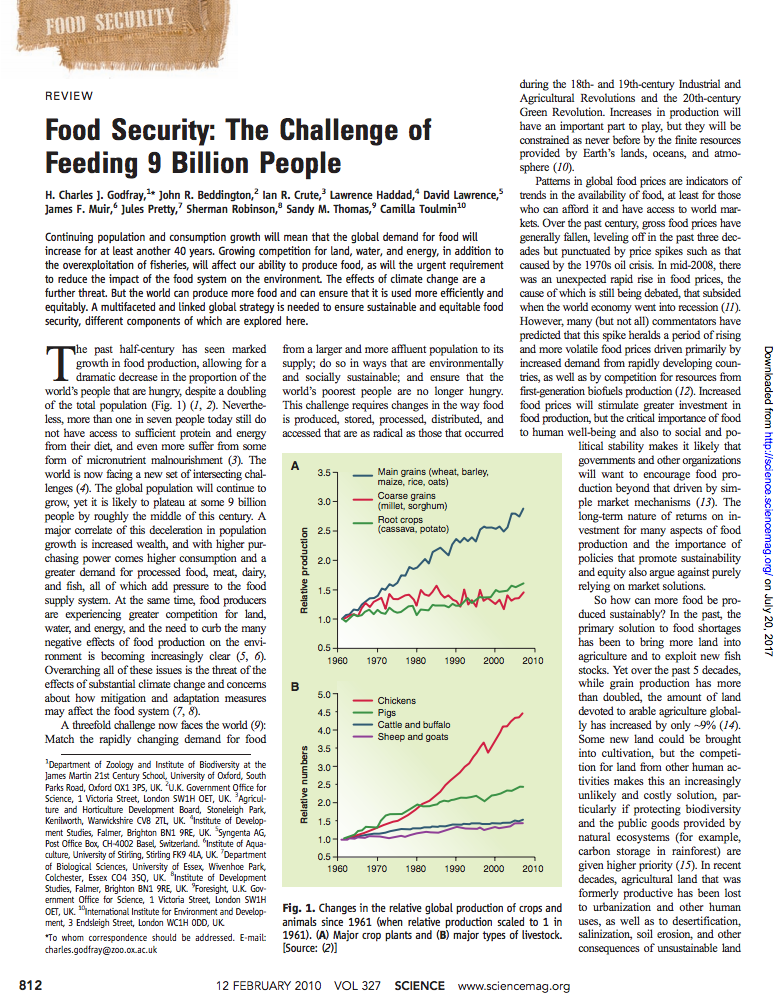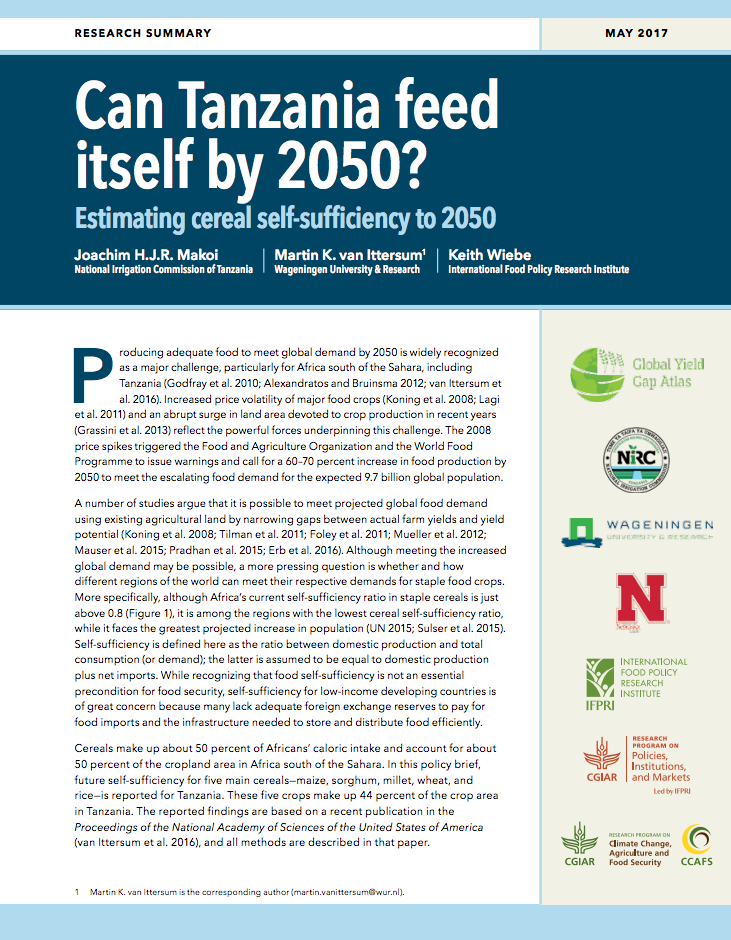Estratégia nacional de Conservação da Natureza e Biodiversidade ENCNB 2025 (Portugal)
A ENCNB é um instrumento fundamental da prossecução da política de ambiente e na resposta às responsabilidades nacionais e internacionais de reduzir a perda de património natural. Avaliações à escala regional e global evidenciam, de modo crescente, que a prosperidade económica e o bem-estar da sociedade são suportados pelo capital natural, o que inclui os ecossistemas naturais e os seus serviços cuja funcionalidade depende, em larga escala, da utilização sustentável e eficiente dos recursos.

